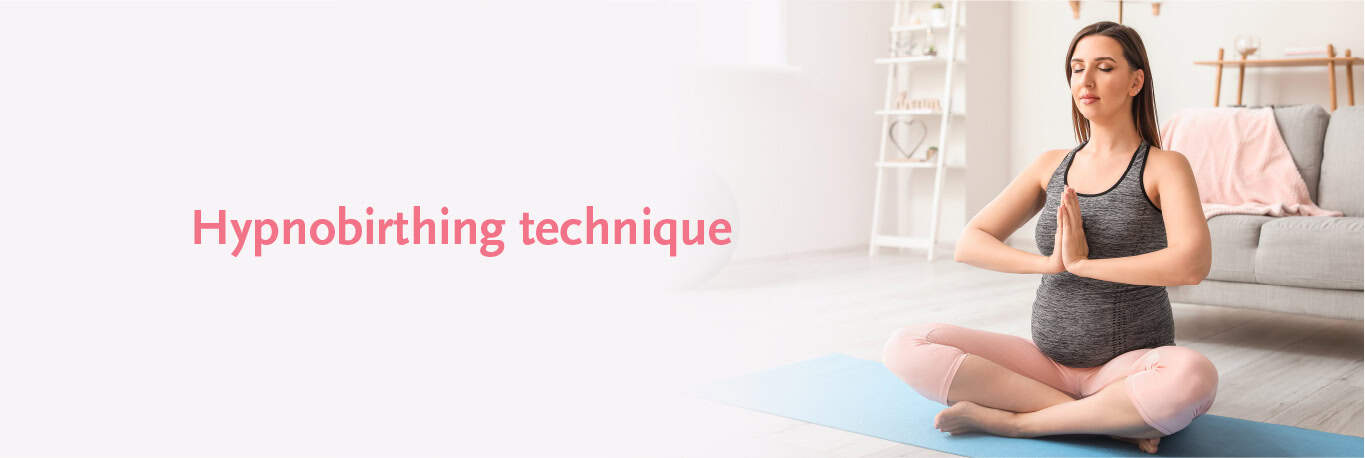Things you need to know
Things you need to know
- Hypnobirthing involves a variety of elements to help decrease your levels of anxiety and fear
- It aims at offering comprehensive relaxation and comfort to the expecting mother
- You can begin hypnobirthing at any time of gestation, preferably between 20-30 weeks
What is hypnobirthing?
What is hypnobirthing?
Hypnobirthing is a specialised technique that uses deep breathing, self-hypnosis, visualisation and other comfort measures. Hypnobirthing is aimed at reducing the levels of fear, anxiety and stress in pregnant women and preparing them for a healthy labour and delivery.
Hypnobirthing techniques help a pregnant woman to become prepared mentally, emotionally, spiritually and physically.
Benefits of hypnobirthing
Benefits of hypnobirthing
According to antenatal experts, hypnobirthing offers a wide range of benefits for the mother and her baby. Common benefits of hypnobirthing include:
A shortened span of labour – Hypnobirthing reduces the time period of early stages of labour
Lesser need for clinical intervention – This technique encourages women to have normal delivery in a safe and healthy manner
Pain management – Hypnobirthing is considered a natural labour pain management technique
More control – Hypnobirthing allows pregnant women to gain more control of their bodies and childbirth
Healthy outcomes – Research has shown that women who opt for hypnobirthing have better pregnancy outcomes and healthier babies
Increased comfort and relief – Hypnobirthing elevates your relaxation levels and provides heightened levels of comfort and relief during labour
Enhanced postpartum experience – Hypnobirthing decreases your chances of experiencing postpartum depression or postpartum stress
Hypnobirthing techniques
Hypnobirthing techniques
There are several elements to hypnobirthing. Common techniques include:
- Guided visualisation
- Self-hypnosis
- Controlled and deep patterned breathing
- Focus on positive words
- Meditation
- Nutrition and body toning




